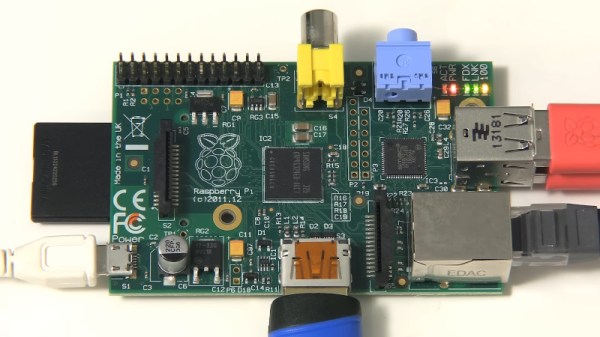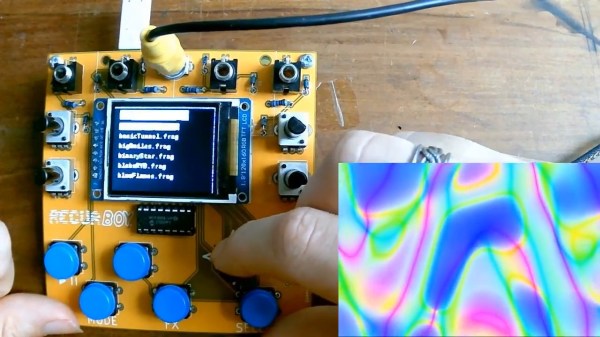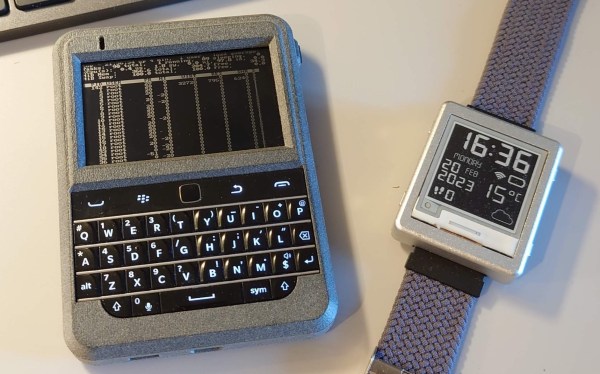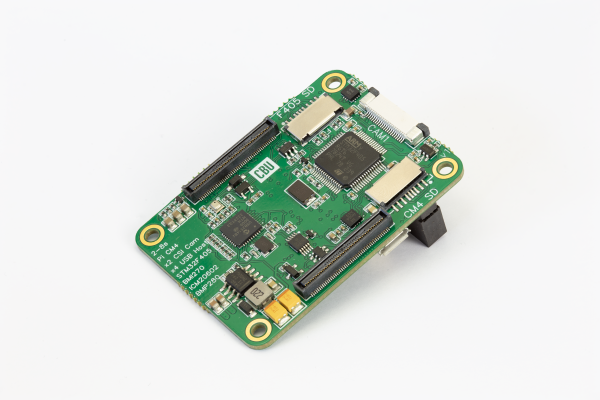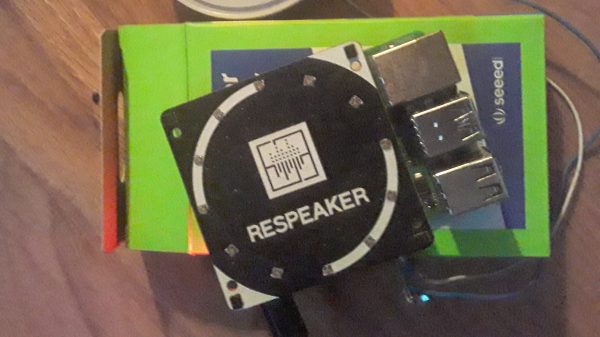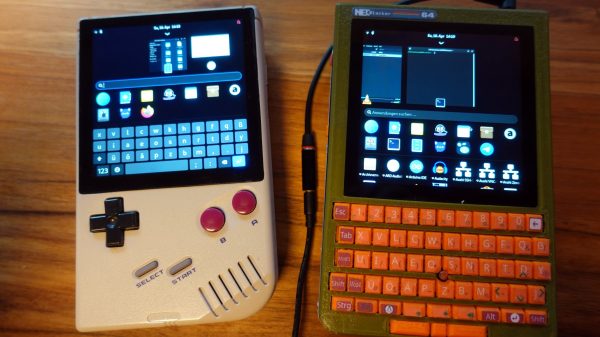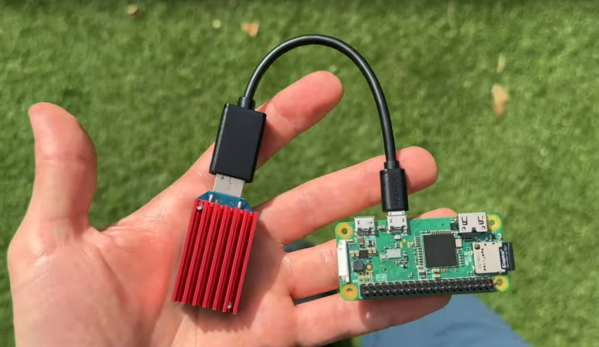In the decade-and-a-bit since the first Raspberry Pi was launched we’ve seen an explosion of affordable single-board computers (SBCs), but as the prices creep up alongside user expectation and bloat, [Christopher Barnatt] asks where the industry will go next.
The Pi started with an unbeatable offer, $35 got you something similar to the desktop PC you’d had a decade earlier — able to run a Linux desktop on your TV from an SD card. Over the years the boards have become faster and more numerous, but the prices for ARM boards are now only nominally as affordable as they were in 2012, and meanwhile the lower end of x86 computing is now firmly in the same space. He demonstrates how much slower the 2023 Raspberry Pi OS distribution is on an original Pi compared to one of the early pre-Raspbian distros, and identifies in that a gap forming between users. From that he sees those people wanting a desktop heading towards the x86 machines, and the bare-metal makers at the lower end heading for the more powerful microcontrollers which simply weren’t so available a decade ago.
We have to admit that we agree with him, as the days when a new Raspberry Pi board was a special step forward rather than just another fast SBC are now probably behind us. In that we think the Pi people are probably also looking beyond their flagship product, as the hugely successful lunches of the RP2040 and the industrial-focused Compute Module 4 have shown.
What do you think about the SBC market? Tell us in the comments.
Continue reading “What Next For The SBC That Has Everything?”

